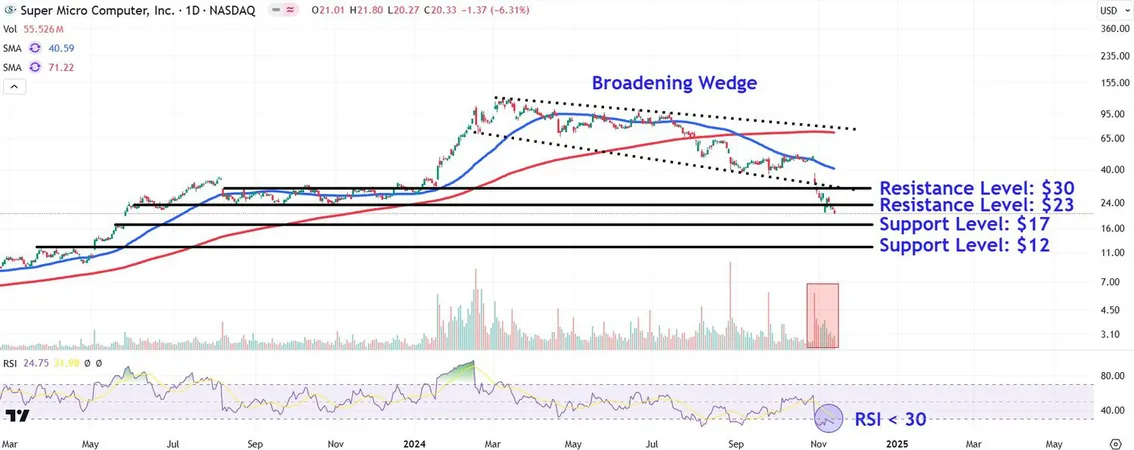
Shocking Surge in E-Bike and E-Scooter Injuries Reveals Urgent Need for Safety Improvements
2024-09-25
Author: William
A recent study from Columbia University reveals alarming trends in injuries associated with e-bikes and e-scooters. Between 2019 and 2022, injury rates for e-bike users surged by a staggering 293%, while injuries for powered scooter users nearly doubled, showing an 88% increase. These findings raise serious concerns about the safety of micromobility options.
Kathryn Burford, a postdoctoral fellow in epidemiology at Columbia, expressed the urgency of these findings, stating, “Our results underscore the need to improve micromobility injury surveillance and identify strategies to enhance user safety. Ensuring these transportation modes are safe, sustainable, equitable, and healthy is essential.”
The comprehensive study, titled The Burden of Injuries Associated With E-Bikes, Powered Scooters, Hoverboards, and Bicycles in the United States: 2019–2022, was published in the American Journal of Public Health. It analyzed data from approximately 2 million injuries linked to e-bikes, bicycles, hoverboards, and scooters across nearly 100 hospitals nationwide. The rise in e-bike sales—a whopping 269%—now surpasses that of electric cars and trucks, contributing to the escalating injury figures.
Patterns revealed that bicycle-related injuries dominated the data, followed by powered scooter incidents, e-bikes, and finally hoverboards. Notable statistics emerged regarding demographics and behaviors surrounding these injuries:
Key Statistics
A startling 76% of hoverboard injuries occurred in individuals under 18 years old, while older adults (ages 65-84) mostly suffered bicycle-related injuries.
Males accounted for a higher number of injuries in accidents involving powered scooters and bicycles compared to females.
The prevalence of alcohol consumption was highest among powered scooter users, with e-bike riders also showing significant numbers.
Helmet use was reported in only 20% of cases, with bicycle and e-bike riders more likely to wear helmets than those on scooters or hoverboards. Unfortunately, injuries associated with hoverboards showed the lowest helmet usage and were often concussions.
This alarming trend can be attributed to inadequate access to protective gear and insufficient education regarding safety measures. As Andrew Rundle, an epidemiology professor at Columbia, points out, shared micromobility systems like New York City's Citi Bike program do not fulfill the requirement to provide helmets to riders, adding to the risks.
The researchers call for better data collection, legislation, and improved infrastructures, such as protected bike lanes near high-traffic areas, to ensure the safety of micromobility users. They note that the lack of comprehensive data on helmet use, substance use, and other risk factors presents a significant challenge in understanding the full scope of micromobility injuries.
As more individuals choose e-bikes and scooters for commuting, it is imperative for cities to prioritize safety measures and regulations to protect users and promote a healthier urban lifestyle. Are you prepared for the rise of micromobility injuries in your city? The time for action is now!









 Brasil (PT)
Brasil (PT)
 Canada (EN)
Canada (EN)
 Chile (ES)
Chile (ES)
 España (ES)
España (ES)
 France (FR)
France (FR)
 Hong Kong (EN)
Hong Kong (EN)
 Italia (IT)
Italia (IT)
 日本 (JA)
日本 (JA)
 Magyarország (HU)
Magyarország (HU)
 Norge (NO)
Norge (NO)
 Polska (PL)
Polska (PL)
 Schweiz (DE)
Schweiz (DE)
 Singapore (EN)
Singapore (EN)
 Sverige (SV)
Sverige (SV)
 Suomi (FI)
Suomi (FI)
 Türkiye (TR)
Türkiye (TR)